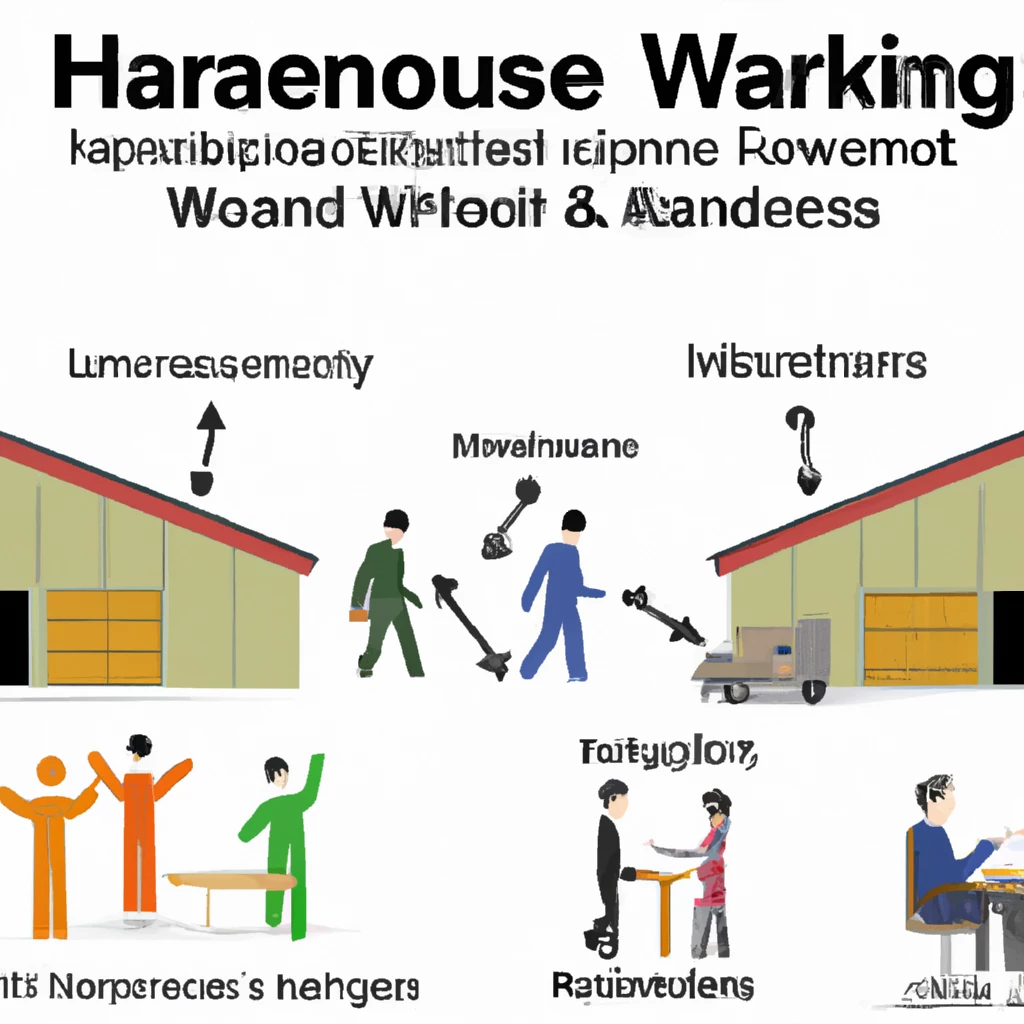
What Is Warehouse Financing?
Warehouse financing is a type of inventory financing where a financial institution provides a loan to a company, manufacturer, or processor. The loan is secured by existing inventory, goods, or commodities that are moved to a warehouse and used as collateral. This financing option is commonly utilized by smaller privately-owned firms, especially those in commodities-related industries, who may not have access to other funding sources.
It is important to distinguish warehouse financing from warehouse lending, which is a method for banks to offer loans without utilizing their own capital.
Understanding Warehouse Financing
Warehouse financing serves as an option for small to medium-sized retailers and wholesalers.
In warehouse financing, the collateral, which can include goods, inventory, or commodities, is stored in approved public warehouses or field warehouses managed by independent third parties.
For instance, consider a manufacturer of electric car batteries seeking additional funding for expansion. Through warehouse financing, the company can use its unsold inventory of car batteries as collateral. If the company defaults on the loan, the lender can sell the batteries to recover the amount owed, or the company can repay the loan to regain possession of the batteries.
A financial institution offering warehouse financing typically appoints a collateral manager to certify the quantity and quality of the goods with a warehouse receipt. This financing model leverages raw materials as primary collateral and can be synchronized with inventory buildup.
Since inventory depreciates over time, warehouse financing may not cover the full upfront inventory cost.
The Benefits of Warehouse Financing
Warehouse financing often provides more favorable financing terms compared to short-term working capital or unsecured loans. Additionally, the repayment schedule can align with inventory usage.
As a secure form of lending, warehouse financing is usually less costly than other borrowing options. The lender has a contractual claim on the stored commodity inventory, enabling them to recover the loan by selling the inventory if the borrower defaults.
Furthermore, companies can enhance their credit ratings, reduce borrowing costs, and potentially access larger loans through warehouse financing, giving them a competitive edge over peers without such financial resources.





